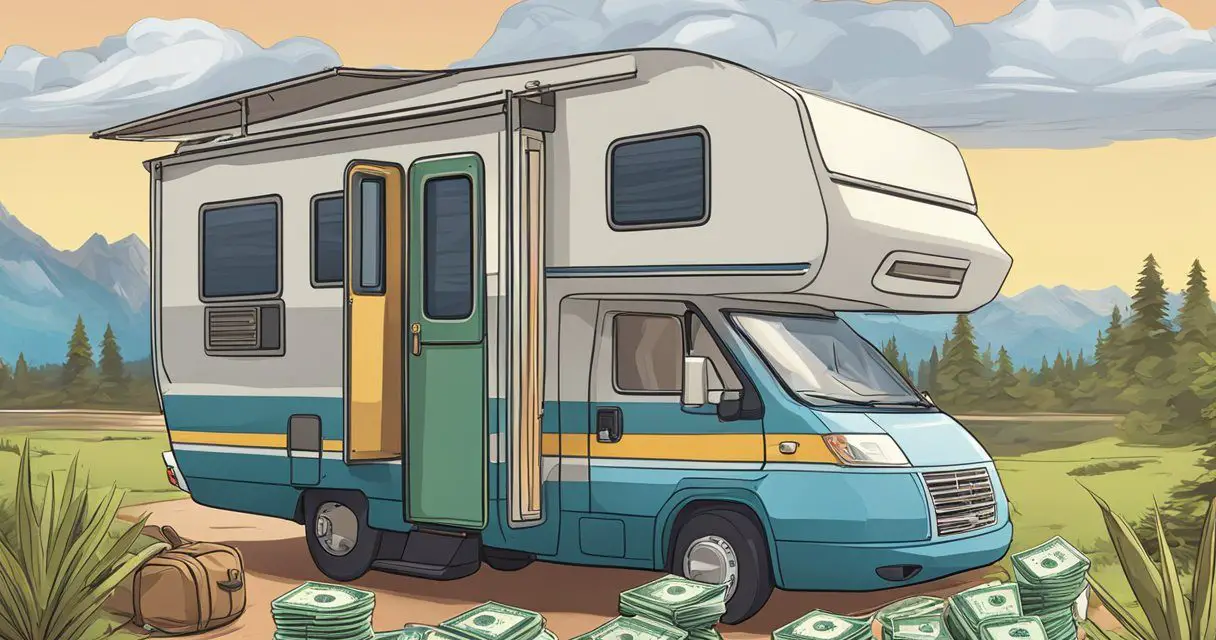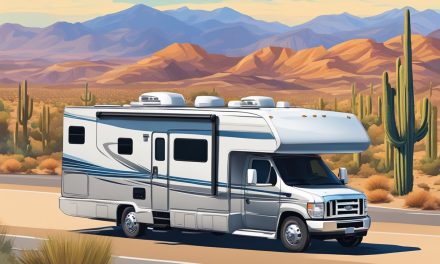Would you like to save this article?
Are you dreaming of hitting the open road in a luxurious RV but wondering how to make it financially feasible? You’re not alone! Financing an RV can seem daunting, but with the right information and guidance, it can be a smooth and straightforward process.
The video below is a wealth of information that breaks down the nuances of RV financing. Here are the highlights discussed in the video and provide you with a comprehensive guide to securing RV financing.
1. Understanding RV Financing vs. Auto Financing
RV financing is significantly more in-depth than auto financing. According to Jamie Tori Alba, the Chief Sales Officer at The Motor Coach Store, “RV financing depending on what the loan amount is will depend on whether it’s just an application and a credit check or a more in-depth check where we need a full financial package.”
Basically, if your loan amount is under $250,000, you might get away with just a credit check. Anything above that, and you’ll need to provide extensive financial documentation.
So, if you’re thinking about financing a $2 million motor coach, get ready to dig up those tax returns! But hey, at least you’ll have a fancy new ride to escape from all that paperwork.
2. Interest Rates and Loan Terms
Interest rates and loan terms for RVs can vary, but they are generally more favorable for loans under $250,000. “Right now, interest rates for a no-doc approval are going to range between 6.74% to 7.74% and generally you’ll get a 20-year term as long as the coach is 10 years old or newer,” Jamie explains.
A 20-year term might seem long, but it helps keep those monthly payments manageable.
Imagine paying $2,026 per month for a luxurious motor coach – that’s less than some people’s rent!
Plus, you get the added bonus of waking up in a new location every day. Just make sure to budget for gas money; those things aren’t exactly fuel-efficient.
3. Down Payments and Financial Requirements
The down payment and financial requirements can vary depending on the loan amount and the age of the RV. For loans over $250,000, a more substantial financial package is required. Jamie mentions, “Things that you would need to have in order would be, for example, pay stubs, W2s, personal tax returns, and proof of liquidity.”
So, if you’re planning to finance an older RV, be prepared to put down a larger down payment and provide more financial documentation.
And remember, having a strong credit history can make the process much smoother. If only building credit was as easy as building a campfire!
4. Financing for Business Use
If you’re considering using your RV for business purposes, the financing terms will differ. Jamie explains, “The term instead of a 20-year term will probably be a 10-year term and the interest rate instead of a recreational 6.74% rate is probably going to be in the upper sevens.” Commercial use can also open up leasing options, which might offer some tax advantages.
Just imagine telling your accountant you need an RV for “business purposes” – that’s one way to make tax season a bit more interesting!
5. Challenges and Red Flags
There are several challenges and potential red flags to be aware of when seeking RV financing. Jamie notes, “A lot of it comes down to income and assets. Generally, with strong credit and a good down payment, financing under $250,000 can be fairly easy.”
However, if you’re a business owner who doesn’t show enough net income for tax purposes, you might face some hurdles. Also, lenders prefer borrowers who have a mortgage history, as it shows financial responsibility.
So, if you’ve been living off the grid in a tent, you might want to rethink your strategy before applying for that RV loan.





